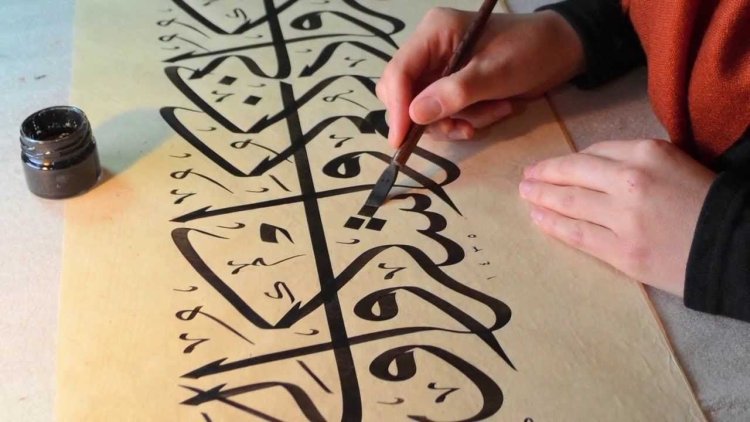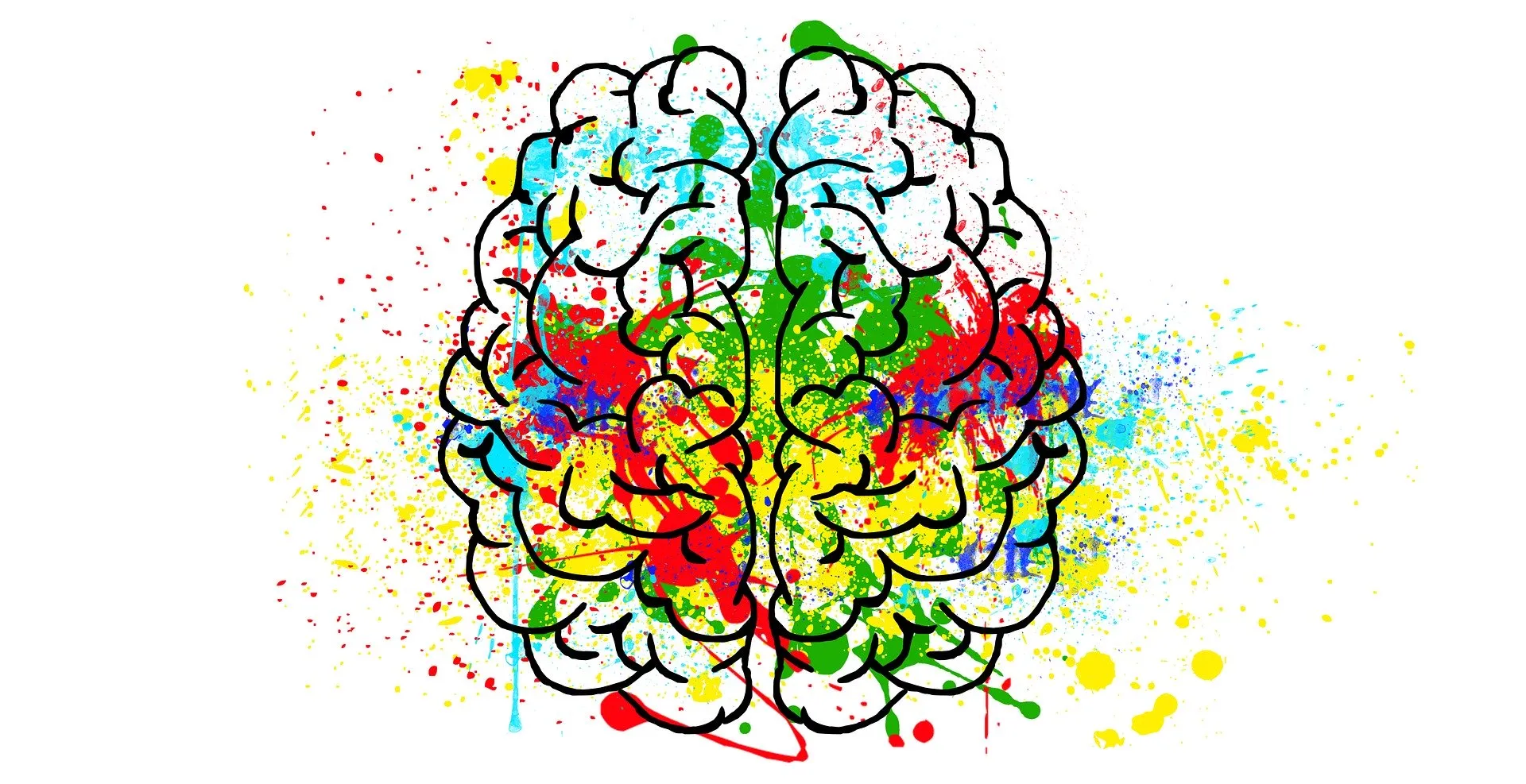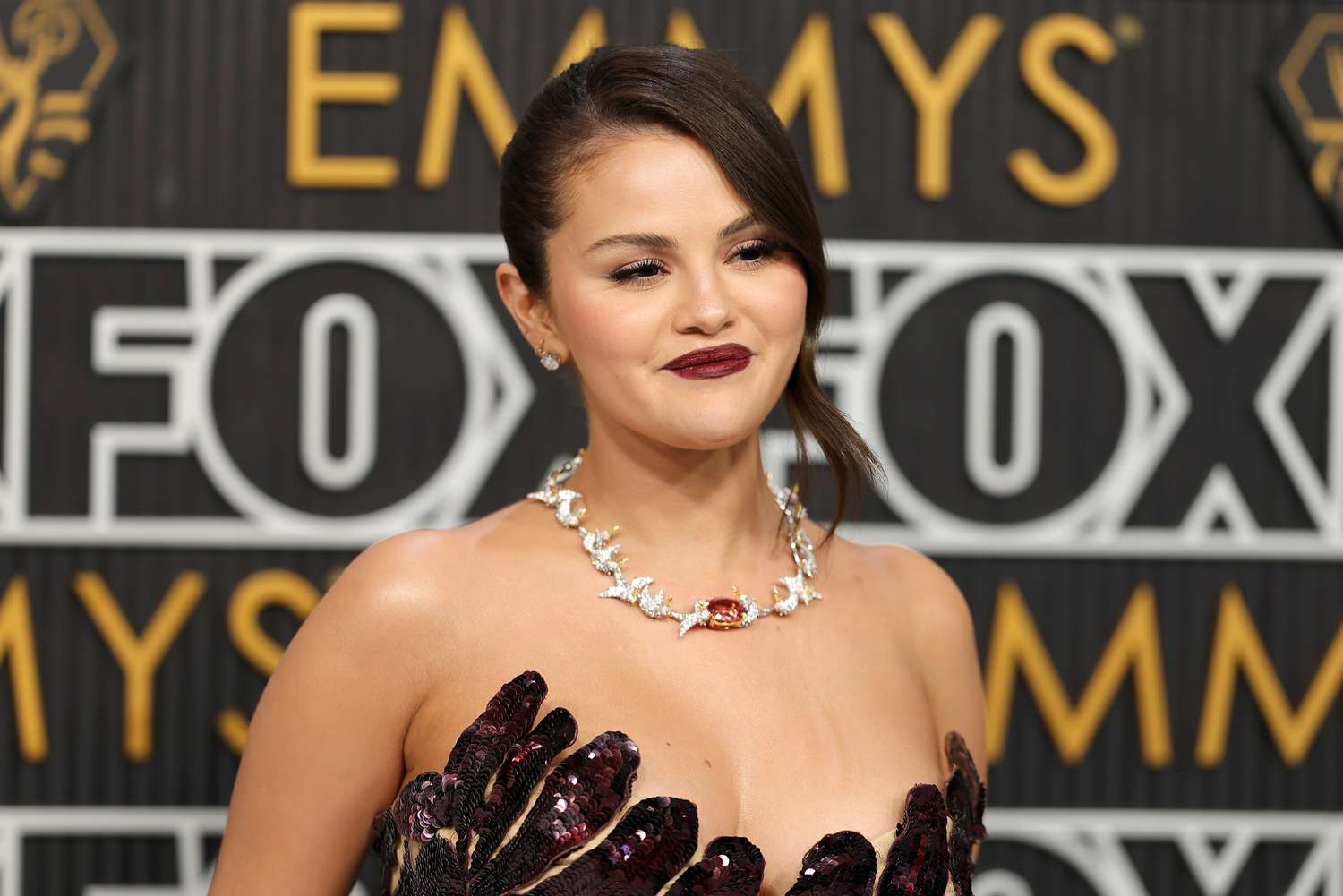El Seed Calligraphy and Arabic Calligraphy in Arabic
Discover the mesmerizing world of El Seed calligraphy and the rich history of Arabic calligraphy in Arabic. Explore styles, techniques, and cultural significance.

Calligraphy is more than just beautiful handwriting; it is an art form that captures culture, history, and emotion. El Seed calligraphy is a contemporary form of Arabic calligraphy that blends traditional elements with modern street art. On the other hand, Arabic calligraphy in Arabic has deep historical and spiritual significance, originating from the time of the Quran’s early manuscripts.
This article explores El Seed calligraphy, its unique style, and its impact on modern art. Additionally, we delve into the different styles of Arabic calligraphy in Arabic, its historical evolution, and its significance in Islamic and artistic traditions.
El Seed Calligraphy: A Modern Twist on Arabic Calligraphy
Who is El Seed?
El Seed is a French-Tunisian artist known for his distinctive fusion of Arabic calligraphy and graffiti. His work, often referred to as "calligraffiti," incorporates Arabic script in a way that blends tradition with contemporary street art.
El Seed’s calligraphy is not just about aesthetics; it carries messages of peace, unity, and cultural dialogue. His murals can be found in various parts of the world, including Tunisia, France, the UAE, and even war-torn areas where his art spreads messages of hope.
Characteristics of El Seed Calligraphy
- Fusion of Arabic Calligraphy and Graffiti: A unique mix of classical Arabic script with modern urban art.
- Abstract and Flowing Designs: Unlike traditional rigid scripts, El Seed’s style is more fluid and expressive.
- Use of Vibrant Colors: His murals often feature bright and contrasting colors, making them stand out.
- Social and Political Themes: Many of his works address social issues, bringing awareness to cultural and political topics.
Famous Works of El Seed
- "Perception" (Cairo, Egypt) – A large-scale mural in Cairo’s Manshiyat Naser that can only be seen as a full image from a specific viewpoint.
- "The Bridge" (South Korea and France) – A project symbolizing cultural connections through Arabic script.
- "Lost Walls" (Tunisia) – A series of murals in forgotten villages of Tunisia, reviving history through calligraphy.
The Impact of El Seed’s Calligraphy on Modern Art
El Seed has played a significant role in making Arabic calligraphy in Arabic more accessible to a global audience. His style has inspired a new generation of artists to experiment with Arabic script beyond traditional boundaries. His work is not just about beautifying walls; it is about storytelling, preserving culture, and creating a dialogue between different communities.
Arabic Calligraphy in Arabic: A Deep-Rooted Tradition
Origins of Arabic Calligraphy
The roots of Arabic calligraphy in Arabic trace back to the early Islamic period. As the Quran was being recorded, Arabic script developed into an art form to honor the sacred text. Over the centuries, calligraphy evolved into various styles, each with its own distinctive characteristics.
Major Styles of Arabic Calligraphy in Arabic
1. Kufic Calligraphy
One of the earliest forms of Arabic calligraphy in Arabic, Kufic is characterized by its angular and geometric shapes. It was commonly used in early Quran manuscripts and Islamic architecture.
2. Naskh Calligraphy
Naskh is one of the most widely used scripts, known for its legibility and fluidity. It became the standard script for copying the Quran and is still used in Arabic print today.
3. Thuluth Calligraphy
Thuluth is a decorative script often seen in mosque decorations and architectural inscriptions. It is highly stylized with elongated vertical lines and curved letters.
4. Diwani Calligraphy
Originating in the Ottoman Empire, Diwani is an elegant script used primarily in official documents and royal decrees. It features intricate curves and interwoven letters.
5. Riq’a Calligraphy
A simplified form of Naskh, Riq’a is often used in everyday handwriting due to its ease of writing and readability.
6. Maghrebi Calligraphy
Developed in North Africa, Maghrebi script has distinctive rounded letters and is often used in Quranic texts in the region.
The Cultural and Spiritual Importance of Arabic Calligraphy
1. Connection to Islam
Since Arabic is the language of the Quran, Arabic calligraphy in Arabic holds deep religious significance. The art form is used to write Quranic verses in mosques, manuscripts, and religious artifacts.
2. Architectural Beauty
Islamic architecture heavily incorporates calligraphy, from intricate mosque domes to elaborate tilework. Arabic script is often interwoven with floral patterns and geometric designs.
3. Modern Applications
While traditionally used for religious texts, Arabic calligraphy has expanded into modern design, fashion, branding, and even digital media.
How to Learn Arabic Calligraphy
1. Understanding the Basics
- Learn the Arabic alphabet and its variations in different calligraphy styles.
- Study historical scripts to understand their origins and artistic differences.
2. Practicing with the Right Tools
- Traditional calligraphy requires Qalam (reed pens), ink, and calligraphy paper.
- Digital calligraphy can be done using design software like Adobe Illustrator or Procreate.
3. Mastering Different Calligraphy Styles
Start with simpler scripts like Naskh or Riq’a before advancing to complex styles like Thuluth and Diwani.
4. Studying Calligraphy Masters
Analyze the works of historical calligraphers as well as contemporary artists like El Seed to understand different artistic approaches.
Frequently Asked Questions (FAQs)
1. What makes El Seed calligraphy unique?
El Seed calligraphy blends traditional Arabic calligraphy with modern graffiti, creating a distinctive "calligraffiti" style that promotes cultural messages.
2. Why is Arabic calligraphy important in Islamic culture?
Arabic calligraphy is deeply connected to Islam as it is used to write the Quran. It also serves as a major artistic expression in Islamic architecture and design.
3. Can I learn Arabic calligraphy without knowing Arabic?
Yes, many non-Arabic speakers learn Arabic calligraphy as an art form. Understanding the script structure helps, but fluency in Arabic is not required.
4. What are the most popular styles of Arabic calligraphy?
Some of the most popular styles include Kufic, Naskh, Thuluth, Diwani, Riq’a, and Maghrebi. Each has unique characteristics suited for different artistic and functional uses.
5. How does Arabic calligraphy differ from Western calligraphy?
Arabic calligraphy is more fluid and ornamental, often integrating geometric and floral designs. Western calligraphy is usually more structured and focuses on Latin script styles.
Conclusion
Both El Seed calligraphy and Arabic calligraphy in Arabic are powerful artistic expressions that bridge history and modernity. While El Seed’s work revolutionizes calligraphy through street art, traditional Arabic calligraphy continues to uphold centuries of cultural heritage.
Whether you are an aspiring calligrapher or simply an admirer of the art form, understanding the depth and beauty of Arabic calligraphy enhances appreciation for its artistic and spiritual significance.
What's Your Reaction?



















.jpg)